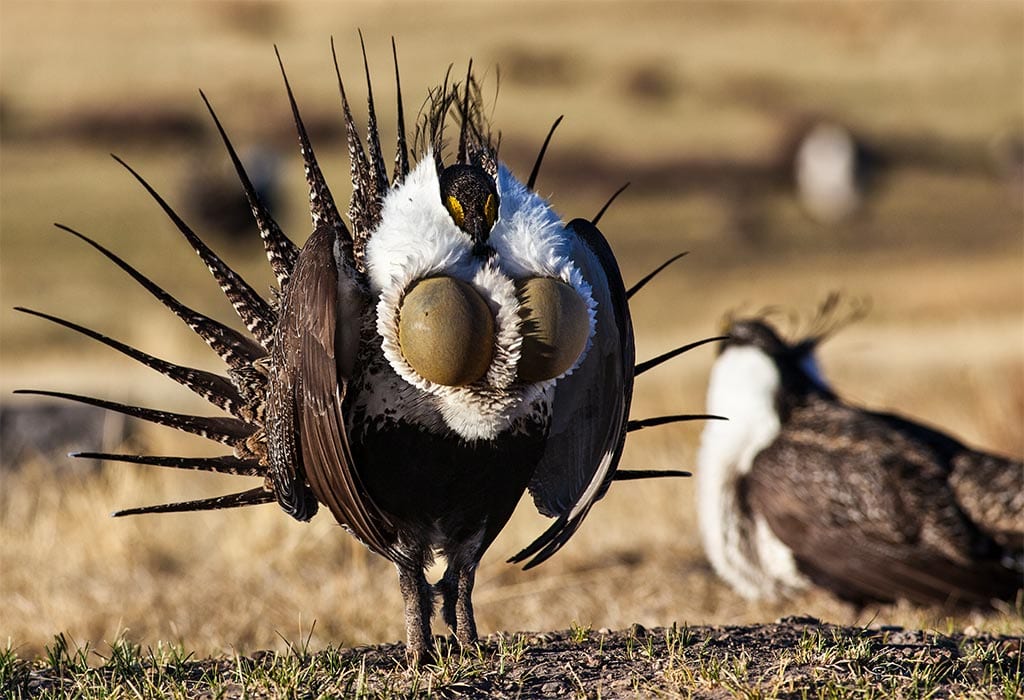Current work in wildlife, rivers, public lands, and climate
Press Releases
Trump administration launches new attack on critical habitat to continue weakening the Endangered Species Act
“These new rules are clearly tilted in favor of industry, which is no surprise considering this administration’s constant attempts to weaken environmental safeguards and plunder our public lands,” said Taylor Jones, endangered species advocate for WildEarth Guardians.
Today’s announcement follows a familiar Trump administration pattern of unveiling rollbacks to bedrock conservation laws on Fridays, especially during Holiday weekends. While the new rollback proposed today would expand the ability of industry to exclude areas from critical habitat protection, on Friday, July 31 the administration proposed a related rollback to the Endangered Species Act (ESA) that would limit the definition of “habitat” itself. Combined, these two rollbacks would essentially eviscerate the ESA’s ability to protect habitat for threatened and endangered species.
The ESA is America’s most effective law for protecting wildlife in danger of extinction. It serves as an essential safety net when state management has failed to protect imperiled plants, fish, and wildlife.
“Since the ESA’s enactment, 99 percent of listed species have avoided extinction, and hundreds more have been set on a path to recovery,” explained Jones. “Critical habitat is a key part of the Act’s success: species with federally protected critical habitat are more than twice as likely to be moving toward recovery than species without it.”
The law is especially important as a defense against the current extinction crisis. Species are disappearing at a rate much higher than the natural rate of extinction due to human activities, resulting in what some scientists term a “biological annihilation.” Global animal abundance has declined by 58 percent since 1970, and according to a recent United Nations report, over a million species are currently at risk of extinction. Researchers estimate that, if not for ESA protections, 291 species would have gone extinct since the law’s passage in 1973.
“The ESA is a wildly successful and popular law, which has nonetheless been under constant attack by the Trump administration,” Jones concluded.

The proposal new rule would apply to future Endangered Species Act listings. For example, if imperiled Greater Sage Grouse are listed for protection under the ESA, the new rule would give the federal government sweeping authority to exclude portions of areas designated as “critical habitat” from protections.. Photo by Bureau of Land Management.